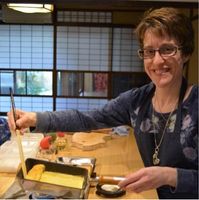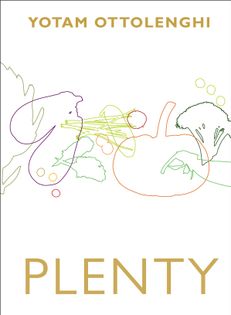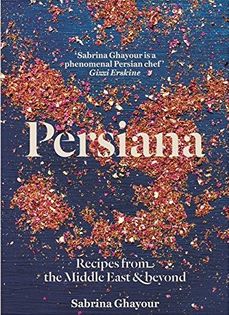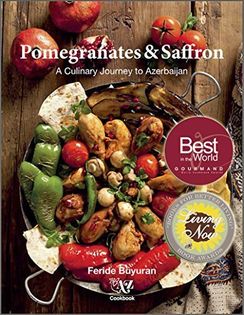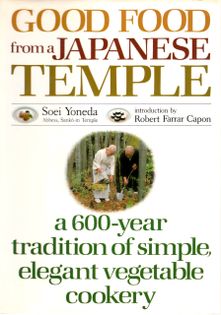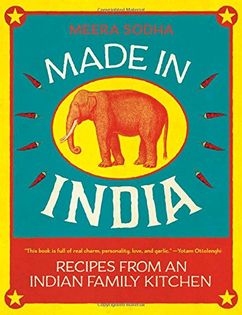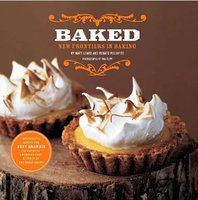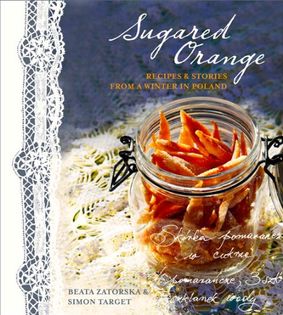
Washoku: Recipes from the Japanese Home Kitchen
I am fortunate enough to take regular classes with Andoh-san at her “Taste of Culture” cooking program in Tokyo. Her “Washoku” and companion volume “Kansha” are absolute must-haves into understanding the foundations of classical Japanese cuisine (washoku), which was declared an Intangible Cultural Heritage by UNESCO in 2013. “Washoku” focuses on the guiding principles and key ingredients of washoku (including meat and seafood dishes), while “Kansha” is entirely vegan and based upon Buddhist temple cuisine (which in turn has influenced washoku and kaiseki (Japanese haute cuisine). This is as close to Japan as you can get without hopping on a plane; itadakimasu!

